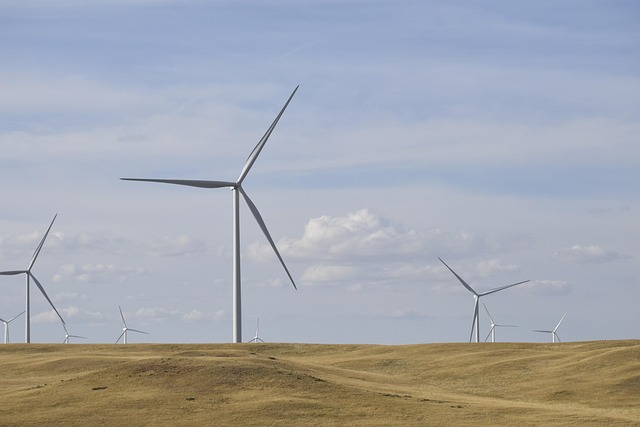In the realm of architecture, a striking transformation is occurring, one that intertwines the realms of art and design through the power of automation. As technology advances, architects are not only reimagining physical spaces but also redefining the essence of creativity itself. Automation in architecture is not merely about efficiency; it’s about amplifying human creativity and pushing the boundaries of what is possible.
Imagine a world where intricate designs that once took weeks to draft can now be rendered in a matter of hours. Through automation, architects can explore a multitude of design possibilities, generating complex forms and structures with minimal human intervention. This revolutionary approach allows for greater experimentation, enabling architects to focus on the aesthetic and functional qualities of their creations, rather than getting bogged down in the technicalities of drafting.
The integration of automated tools also opens the door to innovative artistic expressions. With CAD software, 3D printing, and parametric design, architects are able to create unique building facades that can resemble natural phenomena or abstract art forms. These structures not only serve a purpose but become visual landmarks that provoke thought and inspire emotion. The blending of architecture and automated design creates a canvas where functionality meets aesthetics, ultimately enriching our urban landscapes.
Furthermore, automation empowers architects to focus on sustainability and environmental design. Automated systems can analyze energy efficiency, material use, and site orientation, allowing for designs that harmonize with nature rather than clash with it. These automated solutions foster a deeper connection between human habitats and the environment, creating buildings that are not just structures, but part of a larger ecosystem.
As the architecture industry embraces automation, it invites designers to reevaluate their roles. Architects are becoming curators of experiences, orchestrating how spaces feel and function. This shift encourages a dialogue between human intuition and machine efficiency, creating a partnership that enhances creativity rather than diminishes it. In this new landscape, the architect is both an artist and an innovator, leveraging technology to craft spaces that resonate with the human spirit.
In conclusion, as automation continues to reshape the architectural landscape, it breathes new life into design. The marriage of art and technology allows architects to transcend traditional limits, envisioning structures that not only meet practical needs but also inspire awe and wonder. This evolution paves the way for an architectural future where creativity knows no bounds, and every building tells a story waiting to be discovered.




